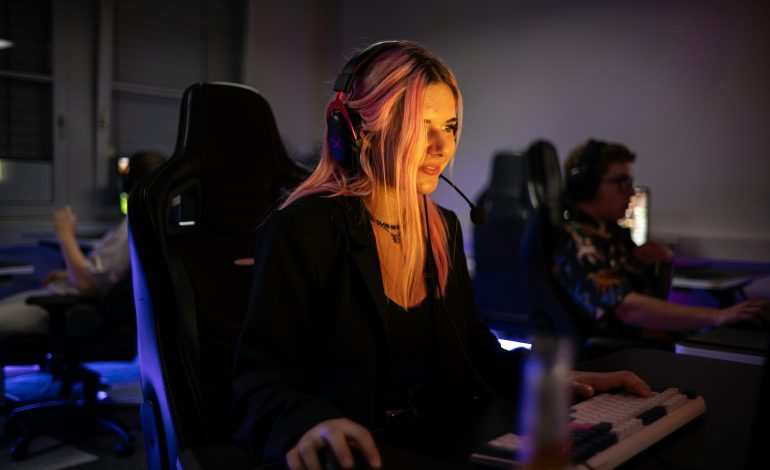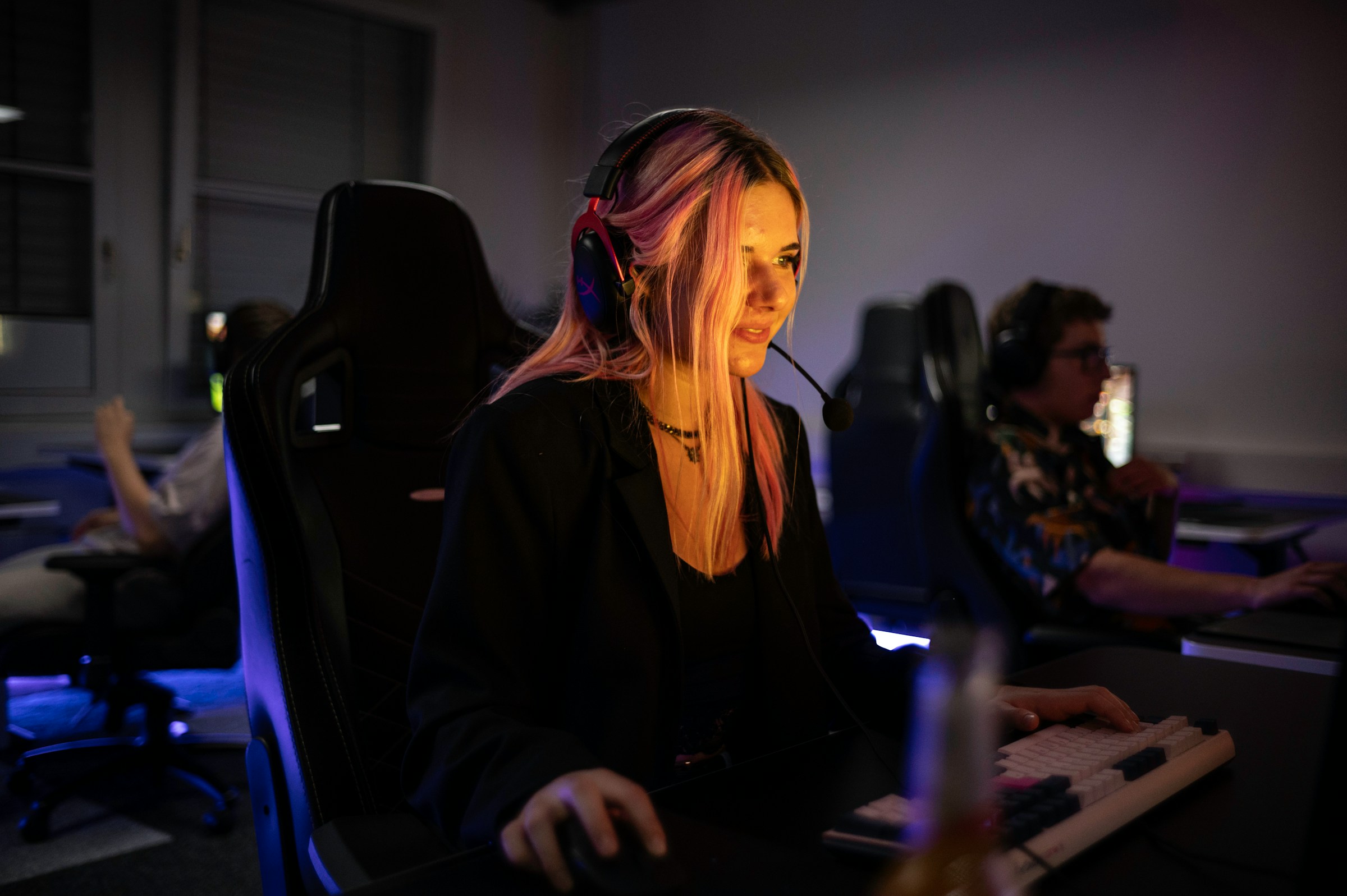
NFTRandomize Revolutionizing Digital Art and Collectibles
The digital art and collectibles market has been entirely transformed by non-fungible tokens (NFTs). NFTs have brought about a new way of creating, buying, selling, and trading unique digital assets to artists and collectors. NFTRandomize has stood out as a game-changer among the many approaches in this space. This blog will discuss the concept of NFTRandomize, its impact on the NFT market, and its potential to reshape the digital art and collectibles landscape.
What is NFTRandomize?
NFTRandomize generates unique digital assets or artworks through randomization techniques within the framework of NFTs. It relies on algorithms and intelligent contracts, making one-off pieces different in attributes and features. By adding some randomness, NFTRandomize introduces a novel approach to building and possessing such things as artworks with digitality.
How Does NFTRandomize Works?
Creating unique digital assets using NFTRandomize involves several steps that can be well-defined:
• Algorithm Development: Developers create algorithms that define the possible attributes and variations of the digital asset, such as color schemes, shapes, patterns, or other visual or functional objects.
• Randomization Mechanism: This mechanism is implemented into an algorithm to ensure the uniqueness of each generated asset, often using pseudo-random number generation (PRNG) or blockchain-based sources of randomness.
• Smart Contract Deployment: The algorithm is deployed on a blockchain via a smart contract that automatically generates NFTs when predefined rules are met.
• Minting NFTs: Once minting starts, the intelligent contract initiates an algorithm that produces an exclusive piece with random attributes. This piece is converted into an NFT before being allocated to the user’s e-wallet.
Benefits of NFTRandomize
There are various advantages associated with NFTRandomize for artists, collectors, and the broader NFT market.
• Uniqueness: Each randomization-based generated NFT brings Value and exclusivity to the digital asset.
• Creativity: From this, artists can play with varied attributes and variations in digital art, pushing its boundaries.
• Engagement: Many collectors are driven by the excitement of acquiring a completely new one-off item.
• Scalability: With NFTRandomize being automated, it is possible to build vast collections without manual intervention.
The Evolution of NFTRandomize in Digital Art
Early Experiments with Randomization
The concept of randomization in digital art existed even before NFTs. In their early experiments with computational art, digital artists and programmers employed algorithms that generated visual displays that could be regarded as random or semi-random. These later became the basis for more complex approaches adopted by NFTRandomize.
The Role of Blockchain Technology
Blockchain technology has played a pivotal role in bringing NFTRandomize under the spotlight. Through decentralized and transparent platforms such as Ethereum and other similar blockchain-based ecosystems, artists can utilize randomness within a safe and immutable environment for creating and trading digital assets.
Pioneering Projects in NFTRandomize
Several pioneering projects have embraced NFTRandomize, thereby showcasing what it can do to inspire more creators and developers:
• CryptoPunks: CryptoPunks is credited as one of the earliest successful NFT projects where 10,000 unique 24×24 pixel characters were created through randomization. Each character was designed with an exceptional attribute, making them rare objects for collecting purposes.
• Art Blocks: A platform dedicated to generative art that allows artists to create algorithms that produce unique randomized artworks. At the same time, collectors mint them on demand based on the algorithm’s rules.
• Hashmasks: These have 16,384 different digital portraits resulting from randomization combined with interactive features. In this way, each owner can influence specific characteristics of Hashmasks, adding a form of individualization to the randomness.
The Technical Aspects of NFTRandomize
Randomization Algorithms
NFTRandomize has its core in algorithms that produce unique assets. The algorithms can be as simple as PRNGs or more complex multi-layered systems involving different factors and rules.
Pseudo-Random Number Generators (PRNGs)
For instance, in most digital art and collectibles applications, PRNGs are commonly used in NFTRandomize to introduce chance. These algorithms generate sequences of numbers that imitate actual randomness. Although not random, they do well for most digital art and collectible purposes.
Blockchain-Based Randomness
Some projects employ blockchain-based randomness sources to enhance the security and unpredictability of randomization. A case in point is Chainlink VRF (Verifiable Random Function), which provides cryptographically secure randomness capable of being verified on-chain, thereby ensuring that the randomization process is free from tampering.
Smart Contracts and NFT Standards
NFTRandomize requires intelligent contracts for automation purposes. These contracts execute within a blockchain system by providing an algorithm and rules for creating diverse assets and managing NFT minting and transfer.
ERC-721 and ERC-1155 Standards
Two popular Ethereum NFT standards include:
• ERC-721: One-of-a-kind assets generated through NFTRandomize suit this standard since it defines a unique token.
• ERC-1155: This allows for distinctive or fungible tokens, making it more flexible than ERC-721 and suitable for projects having both unique & semi-unique elements.
Metadata and Storage
In NFTRandomize, metadata plays a vital role in providing details about the features and qualities of each produced asset. Such metadata is sometimes stored off-chain to reduce blockchain storage expenses but usually contains a hash or link within the NFT’s smart contract for confirmation.
The Impact of NFTRandomize on the Art and Collectibles Market
Democratizing Digital Art
Digital art creation and ownership have become democratized through NFTRandomize. Artists who lack conventional training can use algorithms to make captivating artworks, whereas any collector can join this market.
Enhancing Collectibility
Randomization improves the collectibility of NFTs. Each piece’s uniqueness and unpredictability add excitement to collectors, driving up their demand while encouraging continuous secondary market vibrancy.
Fostering Innovation
NFTRandomize promotes innovation in digital art by merging technology with creativity. Artists are always finding fresh ways of leveraging algorithms and randomness, thereby extending digital art beyond its limits.
Economic Opportunities
Artists and developers have economic opportunities due to NFTRandomize. Through initial sales and secondary market royalties, successful projects may generate significant revenues that guarantee a sustainable source of income.
Case Studies: Successful NFTRandomize Projects





